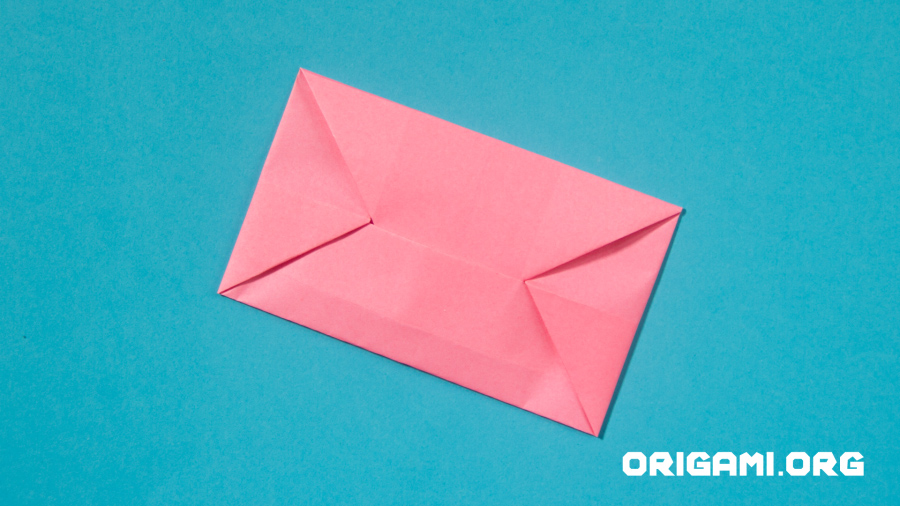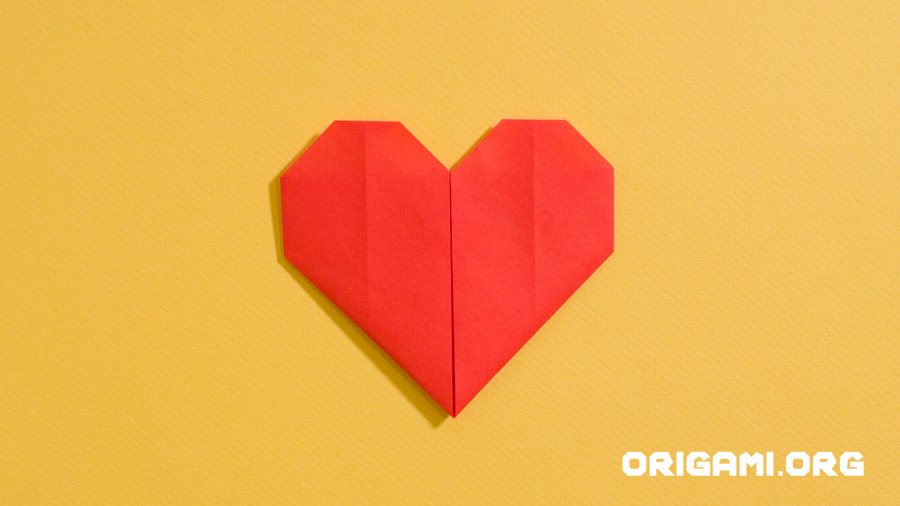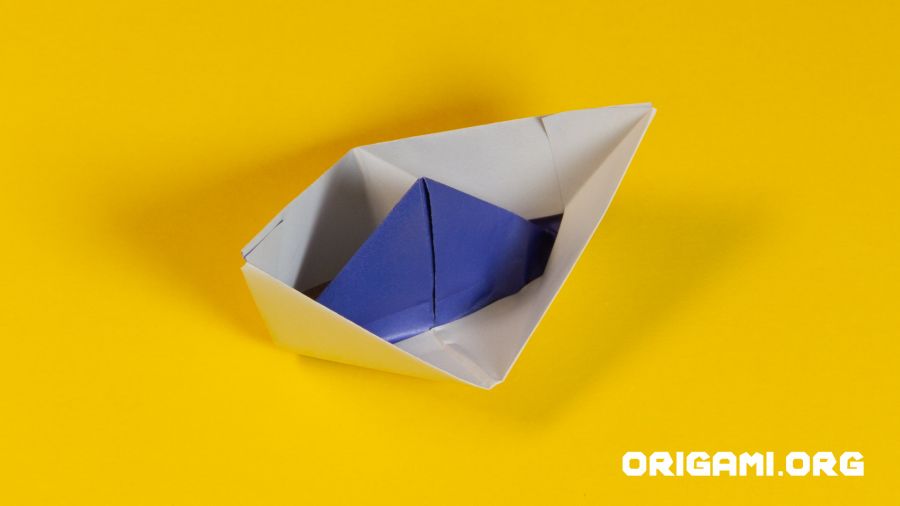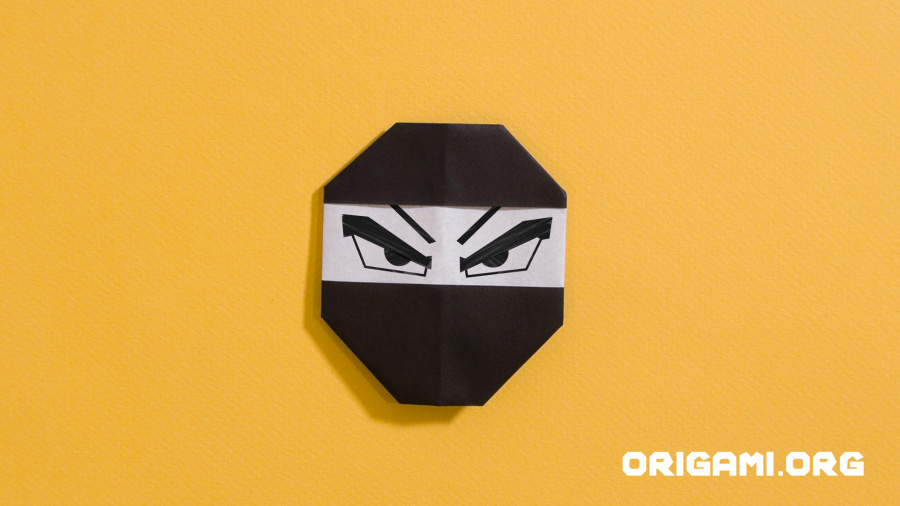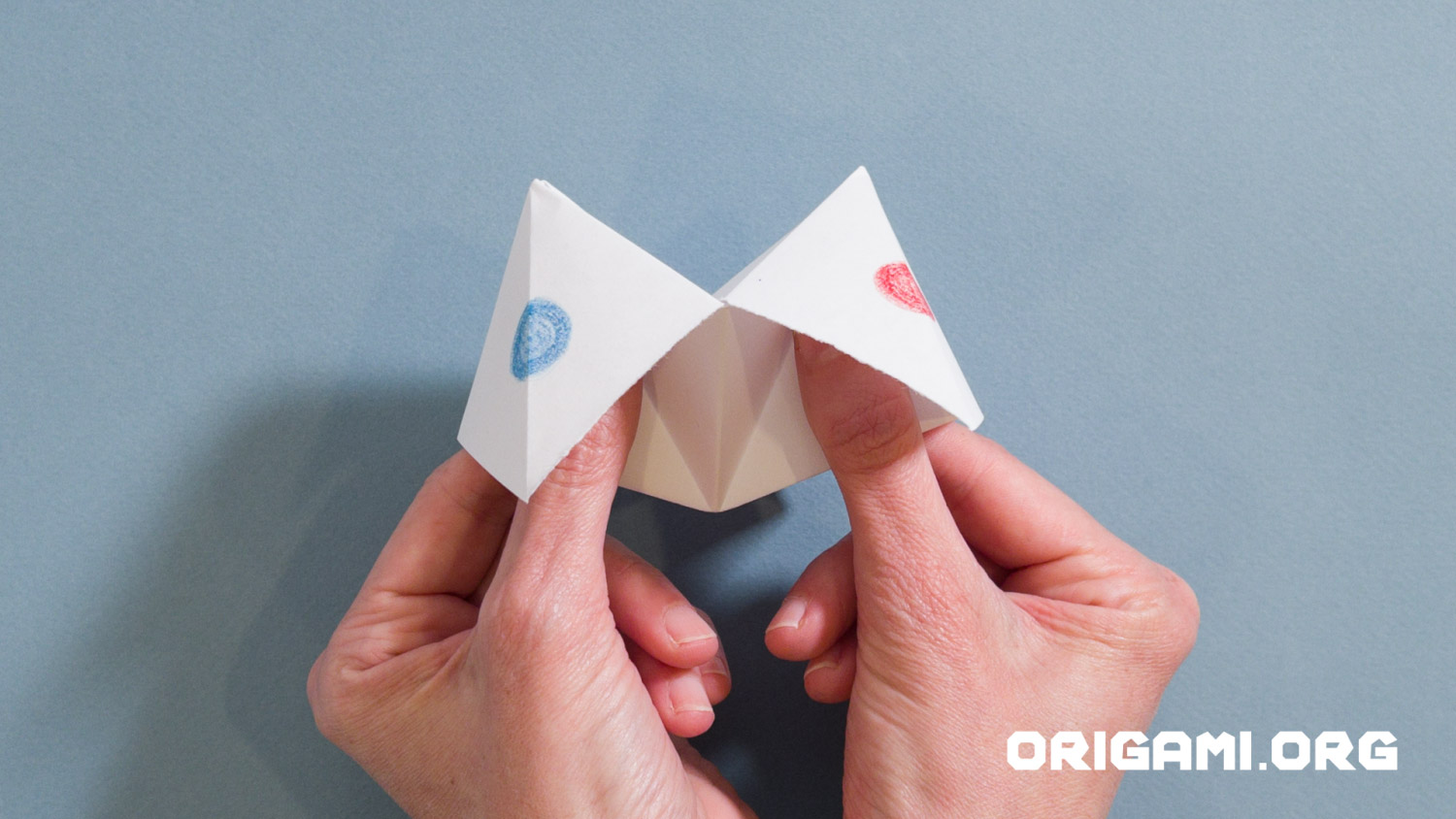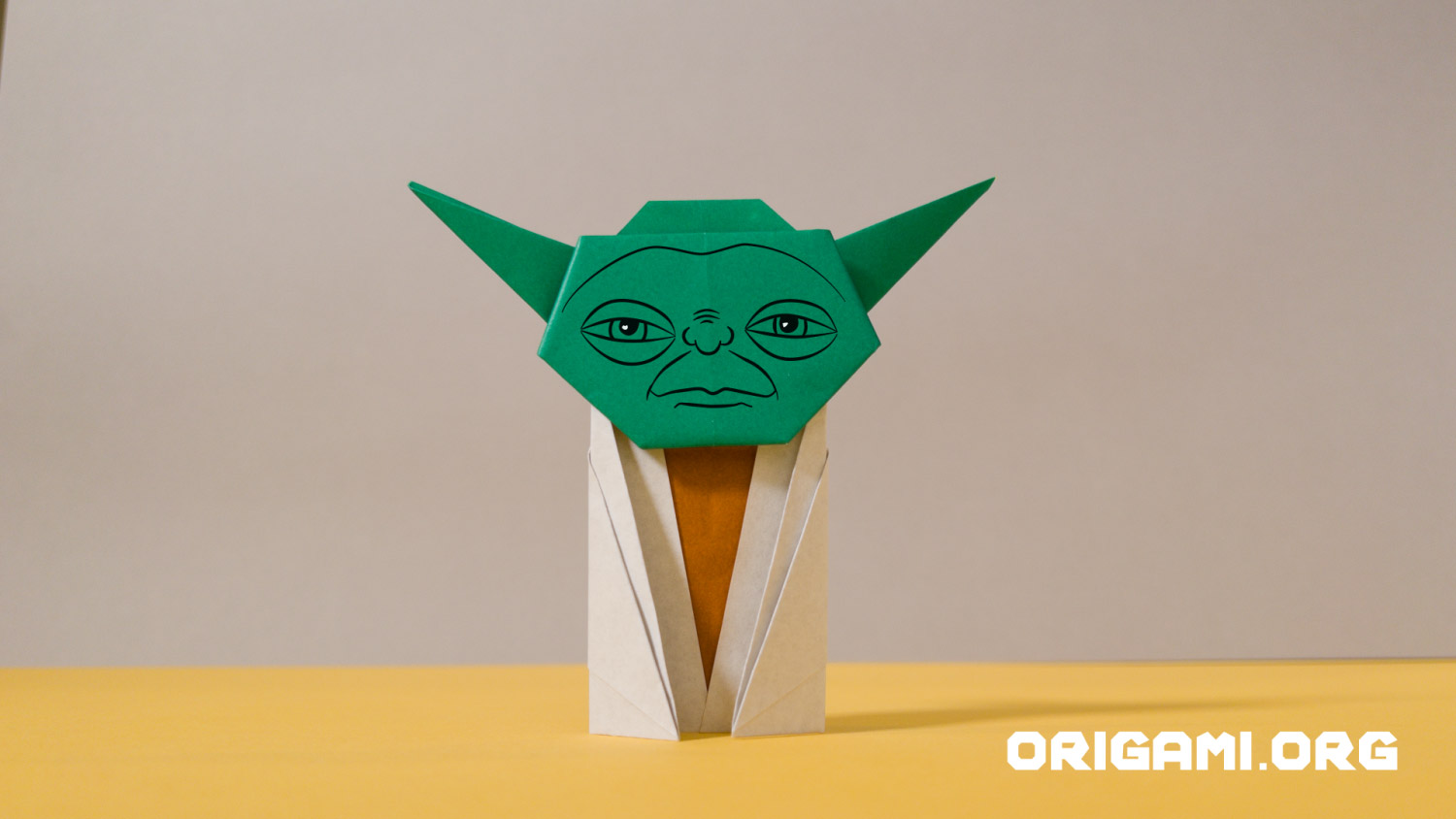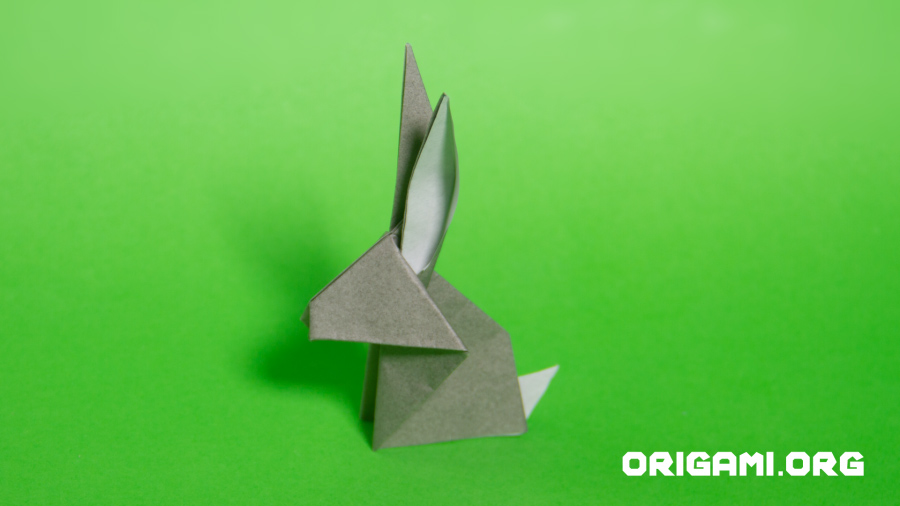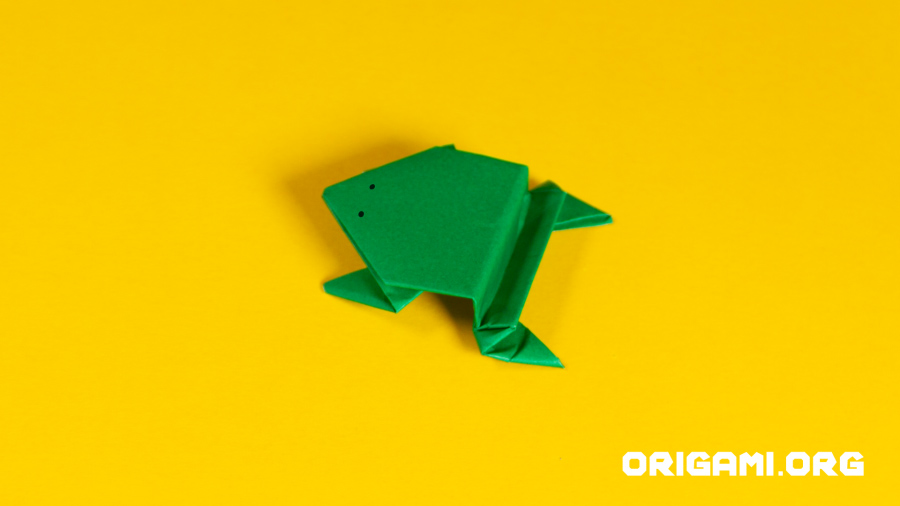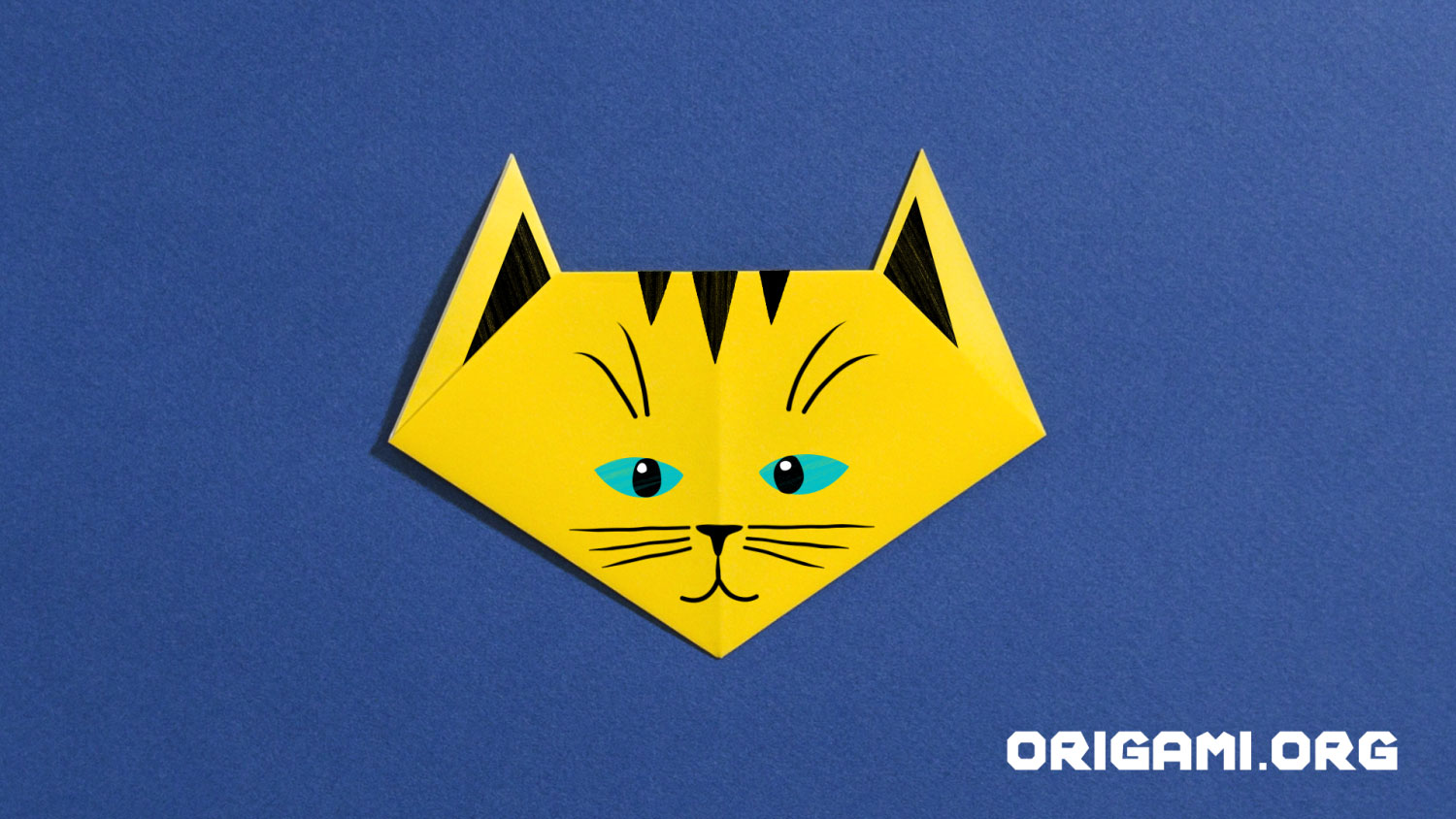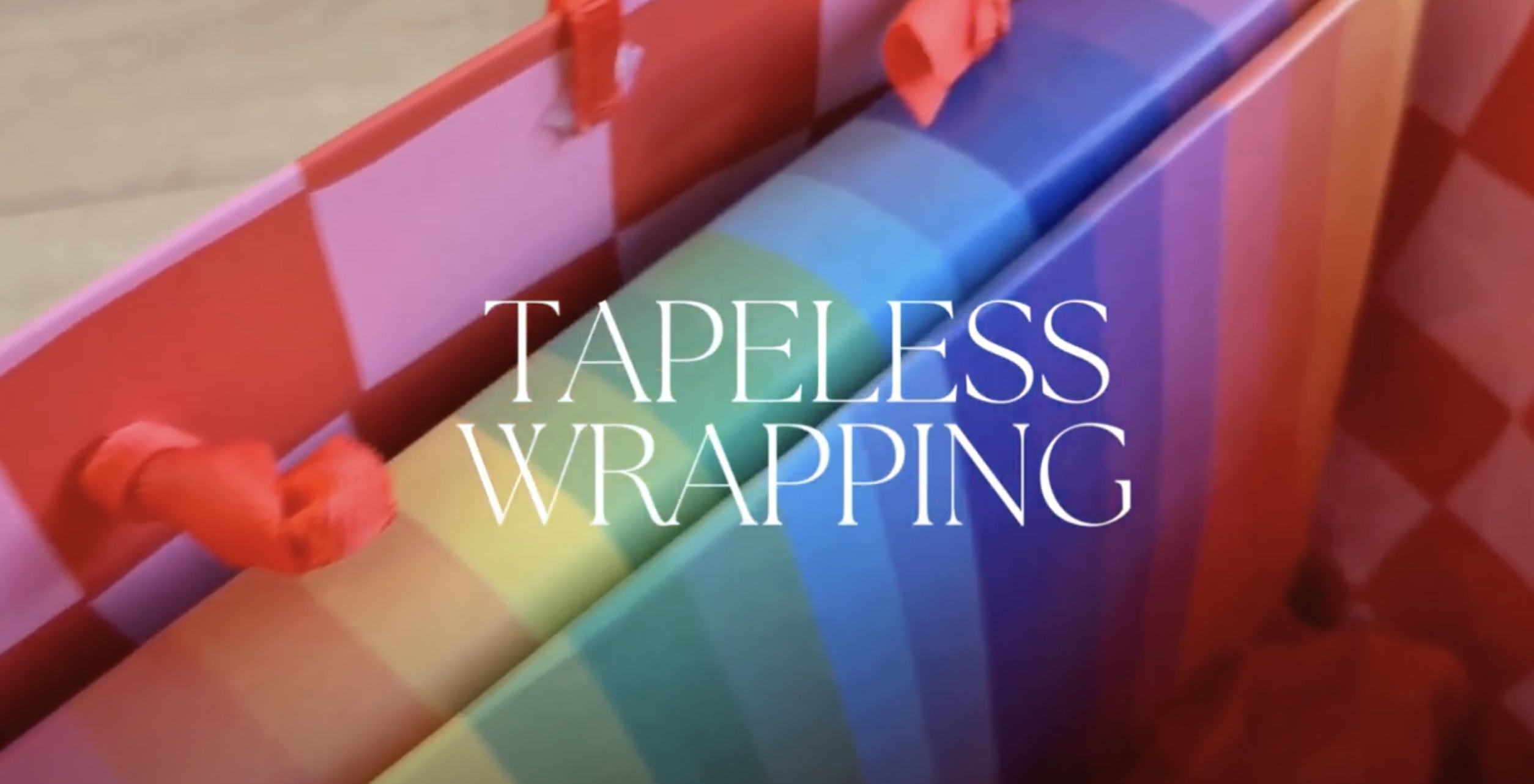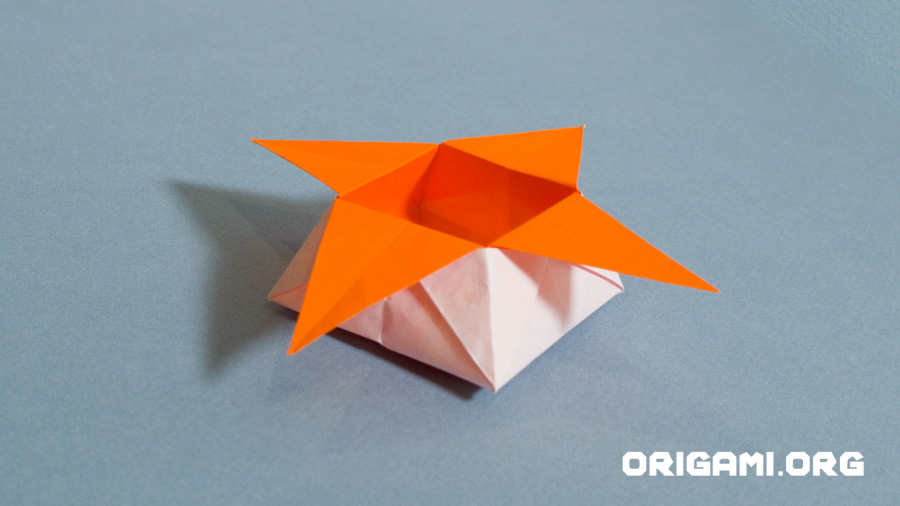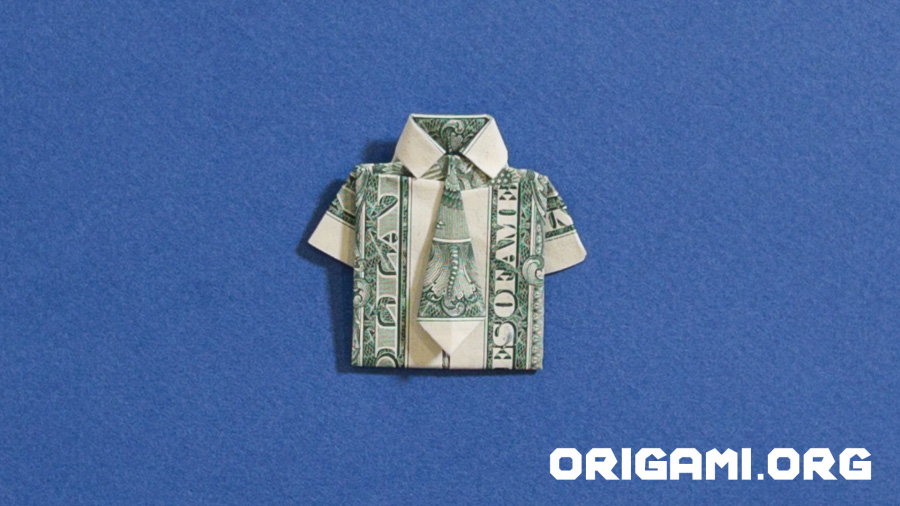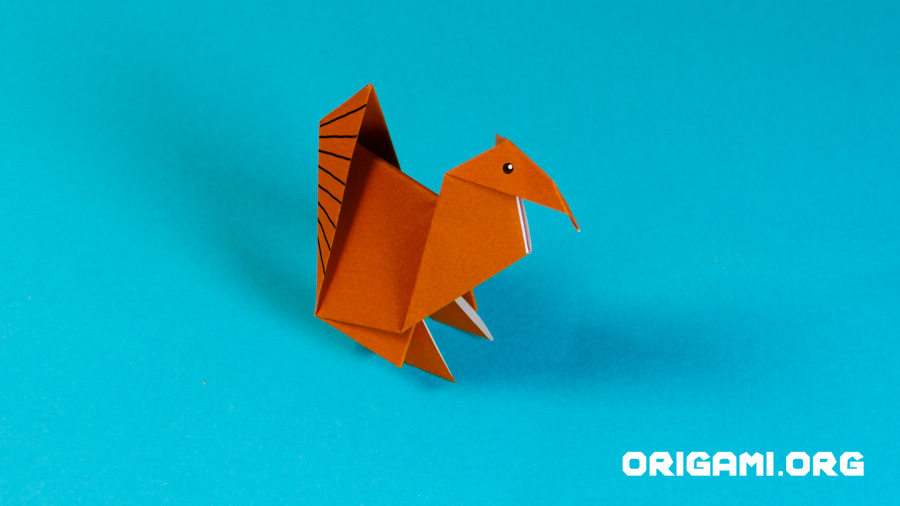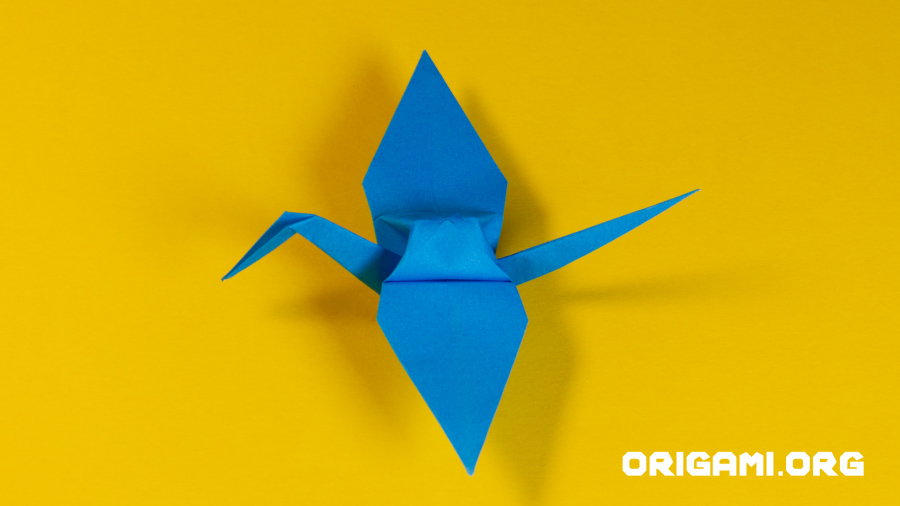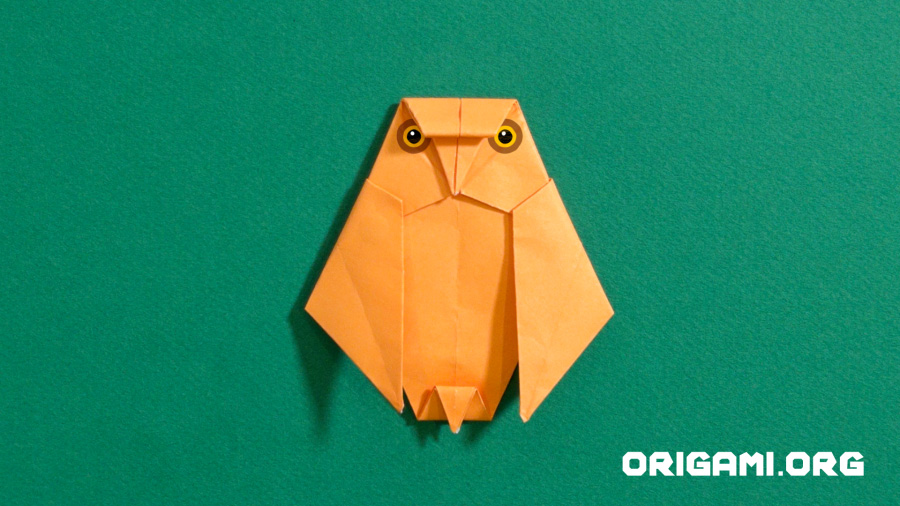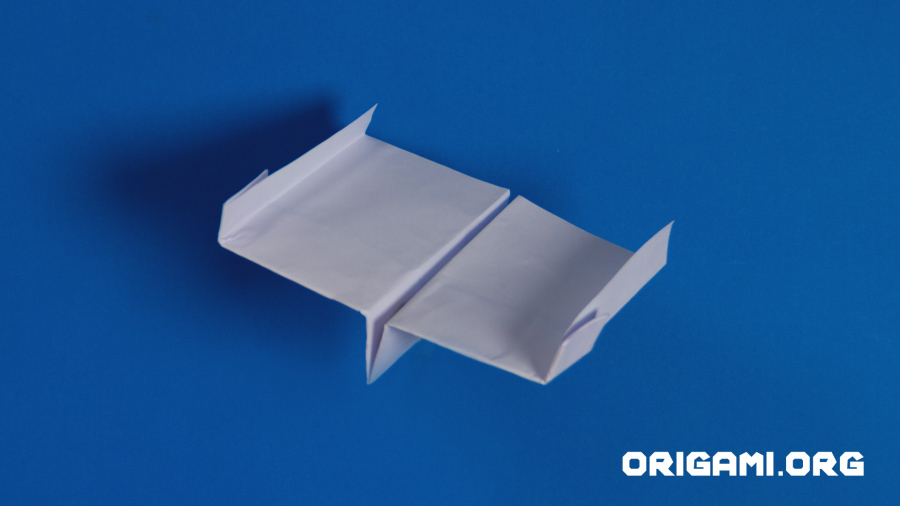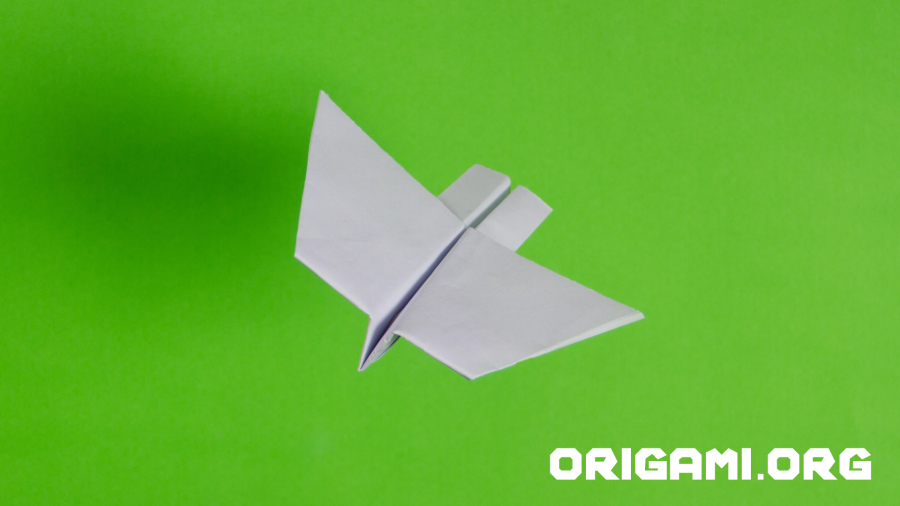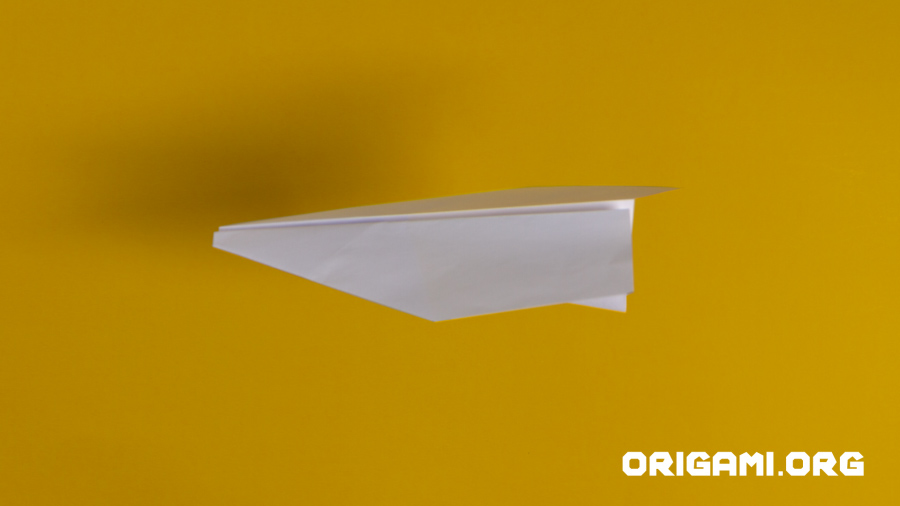Welcome to official home of Origami.org! Origami is the ancient Japanese art of folding paper into decorative shapes and figures.
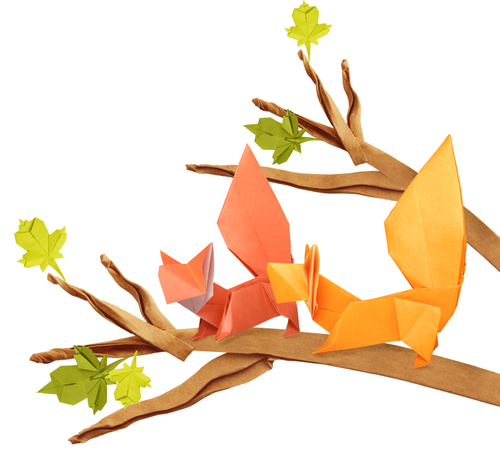
We promote origami as a fun and worthwhile hobby, and since it has been around since the 6th Century, so it has clearly stood the test of time!
There are many benefits of practicing origami. In the modern world, it offers an escape from the daily noise and stress. It is simple and calming. Increasingly, origami is practised as a form of mindfulness. It develops fine motor skills, improves concentration and improves hand-eye co-ordination. It has also been shown to reduce anxiety and help with ADHD.
So how do you do it? Just find something you want to make below and follow the instructions.
Origami Instructions
easy origami
Origami Envelope
Difficulty: Easy Just look at this practical handmade origami envelope! It’s so easy to make in just 15 simple steps! What will you put inside your envelope when it is complete? Who will you send it to? Step 1: Begin with a square piece of origami paper – we’ve used single sided paper but you…
Origami Heart
Difficulty: Easy Welcome to the enchanting world of origami, where a single sheet of paper can be transformed into a symbol of love and affection—the origami heart. Origami, the Japanese art of paper folding, allows you to create intricate and beautiful designs with nothing more than paper and your own hands. In this set of…
Origami Boat
Difficulty: Easy Ahoy, aspiring paper crafters! Prepare to set sail on a creative journey as we delve into the delightful art of origami and embark on a nautical adventure with these instructions for making an origami boat. Origami, a traditional Japanese art form, is a fascinating blend of simplicity and precision, where a single sheet…
Origami Ninja
Difficulty: Easy This is how to make an origami ninja in just 10 easy steps! This is what your origami ninja will look like when finished. Step 1: Start with a square piece of origami paper. It’s best to use paper that is black on one side and white on the other side. Step 2:…
Origami Fortune Teller
In this post we’re about to embark on a whimsical journey to create your very own origami fortune teller! These clever paper creations are not only a nostalgic throwback to childhood but also a source of fun and entertainment for all ages. Crafting an origami fortune teller is a delightful and interactive project that’s perfect…
Origami Yoda
These easy step-by-step instructions will show you how to make an origami Yoda – one of the most popular film characters in history. As you can see, this easy origami Yoda stands up by itself and is complete with robe. Don’t worry if you don’t get it right first time, after all….. The greatest teacher,…
Origami animals
Origami Rabbit
Difficulty: Medium Hop little bunny, hop, hop, hop! How adorable is this little origami rabbit? Follow our easy steps to make your very own bunny rabbit. Step 1: Place your square piece of origami paper down in a diamond shape, folding the top point down to meet the bottom point, creasing where indicated in orange.…
Origami Jumping Frog
Difficulty: Easy Welcome to the world of origami, where the art of paper folding meets the joy of play! In this set of instructions, we will guide you through the creation of a delightful origami jumping frog, a simple yet entertaining paper creation that can provide hours of amusement. Origami, which originated in Japan, is…
Origami Cat (Easy)
Welcome to the enchanting world of origami, where a simple sheet of paper can be transformed into a work of art! If you’re a cat lover or just a fan of crafting, you’re in for a treat as we embark on a delightful journey to create an origami cat. Origami, the traditional Japanese art of…
Other Origami
Origami Envelope
Difficulty: Easy Just look at this practical handmade origami envelope! It’s so easy to make in just 15 simple steps! What will you put inside your envelope when it is complete? Who will you send it to? Step 1: Begin with a square piece of origami paper – we’ve used single sided paper but you…
Wrapping presents without tape
Wrapping your Christmas presents without sellotape will add a unique and thoughtful touch to your gifts. Watch our latest video to find out how! https://youtu.be/U2N54igzb7U
Origami Star Box
Difficulty: Medium Welcome to the origami star box instruction page, where we will transform origami paper into a delightful and functional creation. This charming piece not only serves as a decorative item but also as a clever storage solution. Origami, the traditional Japanese art of paper folding, is a captivating blend of precision and creativity.…
Dollar Bill Origami
Origami Dollar Bill Elephant
Difficulty: Medium This is how to make a fantastic origami elephant from a dollar bill, in only 52 step by step instructions. When you are finished, your dollar bill elephant will look like this! Isn’t it awesome? https://youtu.be/Xp1F4I_6ylI Step 1: Start with a dollar bill Step 2: Fold the dollar bill in half horizontally and…
Origami Dollar Bill Shirt and Tie
In this post, we’re going to create an origami dollar bill shirt and tie! Not only is this a clever way to showcase your folding skills, but it’s also a delightful conversation starter that’ll make your dollars look dapper. Origami, the art of paper folding, allows us to transform ordinary objects into works of art,…
Origami Birds
Origami Turkey
Difficulty: Easy How about this for a brilliant Thanks Giving turkey? Make your own origami turkey by following our easy step by step instructions. Step 1: Place your square origami paper down in a diamond position. Step 2: Fold the left side over to meet the right side Step 3: Unfold the paper Step 4:…
Origami Crane
Difficulty: Medium The origami crane holds deep cultural and symbolic significance, particularly in Japanese tradition, but its message of hope and peace has resonated worldwide. Folded from a single sheet of paper, the crane is a symbol of patience, precision, and creativity. Its importance can be understood in several ways: Japanese Culture: In Japan, the…
Origami Owl
Difficulty: Medium Today, we’re about to embark on an exciting journey to create an origami owl. These wise and mysterious birds are not only symbols of wisdom but also a fun and creative origami project. Origami, the traditional Japanese art of paper folding, invites you to merge precision and imagination to shape intricate forms from…
Origami Spy Plane
Difficulty: Easy Throw this little origami spy plane high enough and it will fly and fly and fly! https://youtu.be/nrvkXern0B0 Step 1: Start with a rectangular piece of A4 paper Step 2: Fold the paper in half vertically Step 3: Unfold the paper and fold the bottom upwards about 1 inch (25.4mm) Step 4: Continue folding…
Origami Pteroplane
Difficulty: Easy Just look at this for a sleek origami paper plane design! Named after the amazing prehistoric flying reptile, the pterodactyl, this little stunt plane is great fun! You will need a pair of scissors for this origami creation. Step 1: Start with a rectangular piece of A4 paper – in your choice of…
Origami Nakamura Lock Plane
Difficulty: Easy Fancy adding a new origami plane to your fleet? Follow our really simple, step by step instructions to create an origami Nakamura Lock plane. This plane was named after Japanese origami paper plane artist and creator, Eiji Nakamura. https://youtu.be/uy42knL-pCU Step 1: Start with a rectangular piece of A4 paper in whatever colour you’d like your plane…

